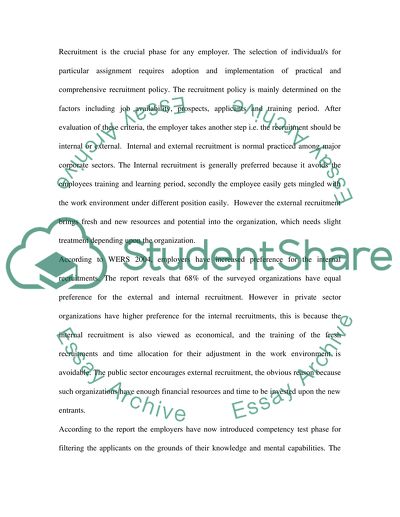Cite this document
(“Workplace Employment Relations Research Paper Example | Topics and Well Written Essays - 3250 words”, n.d.)
Workplace Employment Relations Research Paper Example | Topics and Well Written Essays - 3250 words. Retrieved from https://studentshare.org/sociology/1505187-workplace-employment-relations
Workplace Employment Relations Research Paper Example | Topics and Well Written Essays - 3250 words. Retrieved from https://studentshare.org/sociology/1505187-workplace-employment-relations
(Workplace Employment Relations Research Paper Example | Topics and Well Written Essays - 3250 Words)
Workplace Employment Relations Research Paper Example | Topics and Well Written Essays - 3250 Words. https://studentshare.org/sociology/1505187-workplace-employment-relations.
Workplace Employment Relations Research Paper Example | Topics and Well Written Essays - 3250 Words. https://studentshare.org/sociology/1505187-workplace-employment-relations.
“Workplace Employment Relations Research Paper Example | Topics and Well Written Essays - 3250 Words”, n.d. https://studentshare.org/sociology/1505187-workplace-employment-relations.


